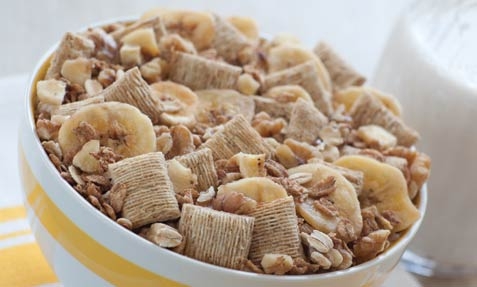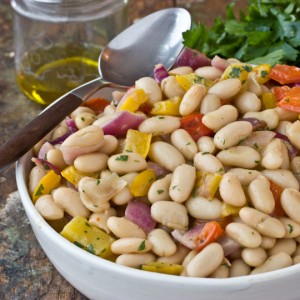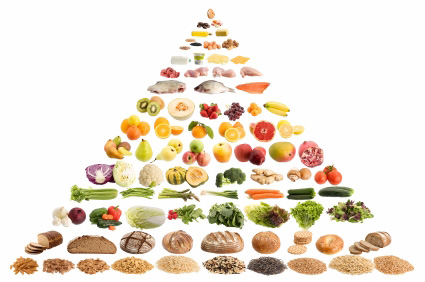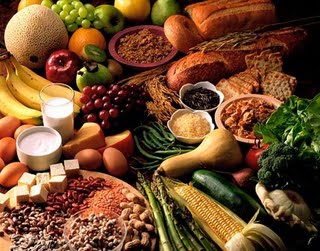Hey Davey,
Iâm 90 pounds overweight and canât seem to stay full for more than an hour. I want to lose weight, but I donât want to feel like Iâm starving. For example, the other night I had a massive dinner at a Chinese restaurant. An hour later, I was hungry again. So I ordered a second dinner from KFC. I canât believe how much food Iâm eating.
Any advice for staying full longer?
Thanks,
Chris
When it comes to feeling full longer, not all foods are created equal - and there are a few handy tricks that can help curb hunger.
Here are five steps to follow.
- Step 1: Ask yourself if youâre you really hungry? Know the difference between hunger and appetite. Hunger is the bodyâs need for food whereas appetite is the psychological desire for food. With this in mind, rate your hunger on a scale of 1 to 10 - with 1 being insatiably hungry and 10 being in pain from overeating. Using this hunger scale, youâll slowly learn to both identify true hunger and do a better job of differentiating psychological desires for food.
- Step 2: Drink water. Believe it or not, water is actually filling. It creates more volume in your stomach, which can make a significant difference. Best of all, water has no calories. Various studies (including this one) have demonstrated the power of water in weight loss.
- Step 3: Add fiber and lean protein to your diet. Fiber takes a long time to digest and numerous studies have illustrated the satiating effect of lean protein foods. For this reason, high fiber and lean protein foods cause you to feel more satisfied. As a result, youâll consume fewer calories throughout the day.
- Step 4: Opt for high volume foods. High volume foods are foods that contain lots of air or water. As such, theyâre much less calorie dense. Think vegetables and salads. Because these foods add bulk to your diet without adding a large amount of calories, theyâre worth loading up on. By eating a large volume of food, your stomach will feel full.
- Step 5: Eat nuts and peanut butter. Nuts are high in both protein and fiber, and are a great healthy snack that will fill you up. Peanut butter is also a good treat. Researchers at Purdue University found that people feel fuller and eat less after snacking on peanut butter than other foods.
I hope youâre able to put these steps to work for you.
Love,
Davey
P.S. To transform your life through the foods you eat, I recommend downloading Davey Waveyâs Insanely Easy Guide to Eating Smarter. Iâll show you how to eat in a way that supports your health and fitness goals.















